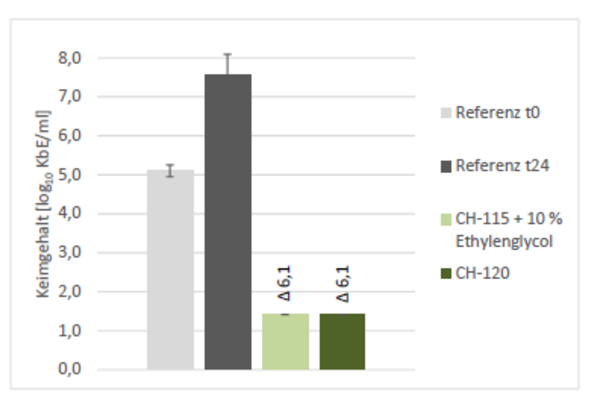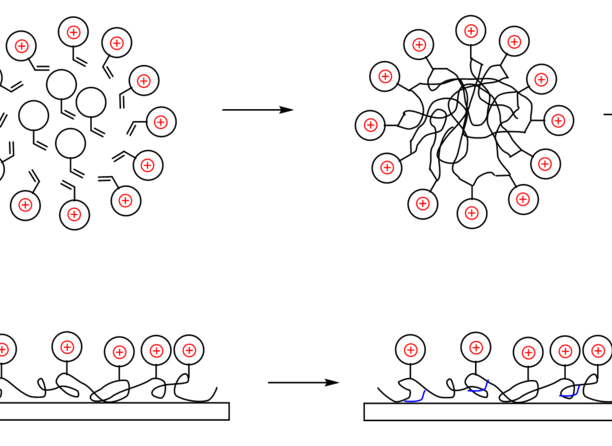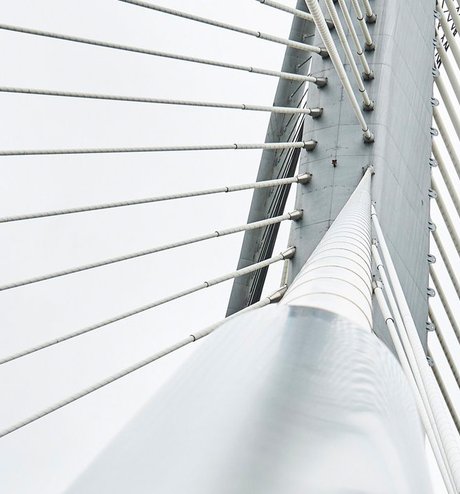Amipysurf - Antimicrobial Pyridinium- and Multipyridinium-based Surfmeres
Ref.-No. 6183
Keywords: Surface coating, antimicrobial, aseptic, coating, latex, surfmer
Bacterial infections are usually treated by administering antiobiotics. However, some bacteria are already resistant to common antibiotics and require the use of special and costly drugs. One way to address this problem is to prevent bacterial infection by, for example, applying an antimicrobial coating to the surface of items that come into contact with bacteria. However, these can cause problems if the antibacterial agent is only applied to the coating, as it can leak over time.
Scientists at the University of Bonn have invented a new method to solve this problem: Amipysurf.
Competitive Advantages
- Direct formation of the latex
- High antimicrobial activity
- Germ reduction of up to 6.1 log levels after 24 h at 35°C
- Antimicrobial group covalently attached
- Can be diluted with other cationic latices
- Mechanical properties are tailorable by monomer composition
- Subsequent crosslinking stabilizes the coating
Commercial Opportunities
The latex is produced by emulsion polymerization of different monomers, which result in films with different chemical composition, glass transition temperatures and hardness. A surfmer (surfactant and monomer) acts as an emulsifier and is covalently bonded to the polymer in the micelles during polymerization. The polar cationic head group provides water solubility and has antimicrobial properties. The latex is used directly for surface coating. After evaporation of the continuous phase (water and volatile additives), the polymer film can be chemically or photochemically crosslinked to increase mechanical stability and prevent dissolution upon contact with solvents. The cationic head groups on the film surface give the coating its antimicrobial properties. Due to the covalent bond to the crosslinked film, the antimicrobial head groups cannot bleed.
Current Status
A patent application has been filed at the German Patent and Trademark Office. Further international applications are still possible.
The invention could prove its feasibility in numerous experiments. PROvendis offers licenses for interested enterprises on behalf of the University of Bonn.
—
An invention of University of Bonn.




